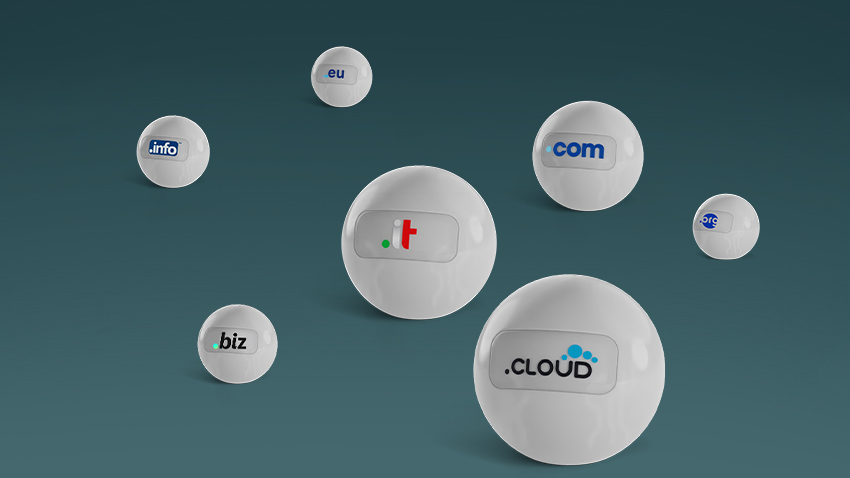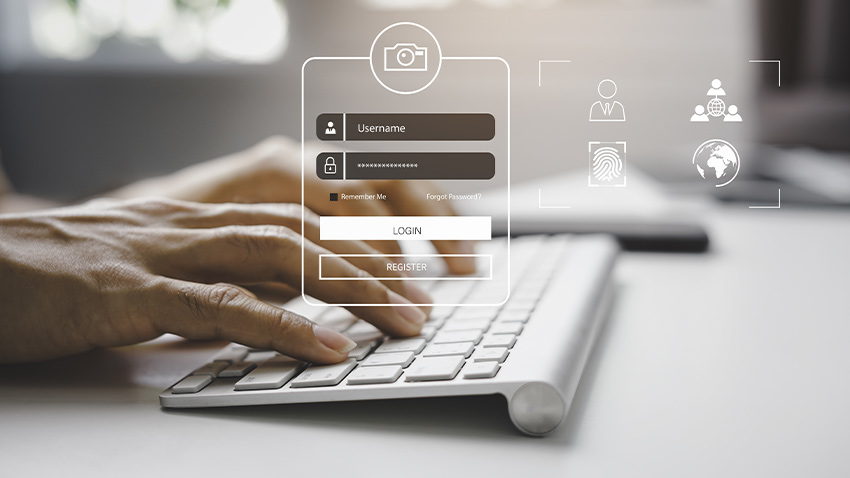Protecting a brand is as important as it is complex. A brand represents a company’s identity, and it’s crucial to ensure that the way the brand is communicated and perceived is not tampered with in any way.
No one should be able to come between a brand and its potential clients, just as no one should be able to impersonate someone else for personal gain. This is especially true when it comes to domain names, which make up the URL in an address bar and appear in search engine results. The domain name is the virtual point of entry for a business, and it is essential to protect it.
How to protect a brand through a domain
There are various questionable methods of exploiting other people’s trade marks, ranging from borderline fraudulent to cleverly deceptive, and some that ride the edge between legal and full-blown scam. Regardless of the tactics used, it’s crucial to take the right measures to protect your company’s image.
Proactivity is key, whether it’s to prevent an issue or to solve one, to ensure that the effort invested in building the brand does not go to waste. This is where trade marks and copyright come into play. Registering a trade mark provides additional protection and strengthens your legal standing. However, protecting a brand goes beyond legal measures; it involves monitoring how the brand is perceived by its target audience. This requires a deeper, more layered approach, focusing on safeguarding your work and reputation, not just your legal case against potential threats.
When a brand is mistaken for another, all the effort put into building its reputation is at risk. Accidental homonymy or a cheeky attempt by a competitor can undermine years of client support, product quality assurance, and service perception in a matter of weeks.
In the global landscape of the internet, your first line of defence is claiming the domains related to your brand. This is akin to putting up a moat and wall around your property, defending your value, identity, and market position.
Brand protection
When it comes to registering a domain, brands must navigate the “first come, first served” principle. However, this isn’t an absolute rule. Established brands benefit from specific protections, acting as a bulwark against nefarious competitors.
Cybersquatting, the practice of registering domains that exploit brand names, is on the rise. Fortunately, the abundance of case law provides consolidated arguments to recover domains that clash with a brand’s identity and cause potential confusion. Disputes can often be resolved amicably through civilised dialogue and cooperation.
Nevertheless, once a domain name has been taken, the damage may already be done. For instance, a “brand.com” version of your domain, such as “brand.de”, could appear on the same search engine results page, leading to confusion and diverting potential buyers.
The main goal is to protect the brand you’ve worked so hard to build. Protecting a brand is complex, involving every aspect of the business from company to client. There may be a Facebook page impersonating your brand, a website misleadingly selling similar products, or blatant copyright infringement. Anyone using or undermining a trade mark without consent is in the wrong, but they can still profit until they are caught. It’s best to create a framework that prevents this from happening or, at the very least, be able to stop it before it causes irreparable damage. Preemptively registering various domain names, including country code TLDs, is a great start.
If users encounter an ambiguous situation that causes a false perception of the brand, brand reputation is immediately jeopardised. Brand reputation is one of a company’s greatest assets and is something any business should strive to achieve and protect. Reputation goes beyond the trade mark itself; it connects on an emotional level with users, reflects how the brand carries itself in the market, and ultimately forms the image projected to everyone’s mind. Building a strong reputation takes years, and the investment is significant. This is what’s at stake if action isn’t taken to secure the domains, search engine result pages (SERPs), and the brand’s public image.
To mitigate such risks, many businesses invest in domain monitoring for brand protection. This automated service actively seeks out potential threats to your brand. Aruba Domains offers scalable protection layers that adapt to the size of your business, ensuring robust security at a competitive cost compared to other solutions on the market.
File the trade mark, register the domains
Filing a trade mark is a relatively straightforward process, and the web is full of resources on how to do it. However, protecting a trade mark from potential misuse, especially online, is not as easy and can sometimes be downright arduous. Preemptively registering relevant domains is a cost-effective measure that can prevent many problems down the line. Ultimately, protecting a brand isn’t a simple task; it requires a comprehensive strategy implemented from the outset.











